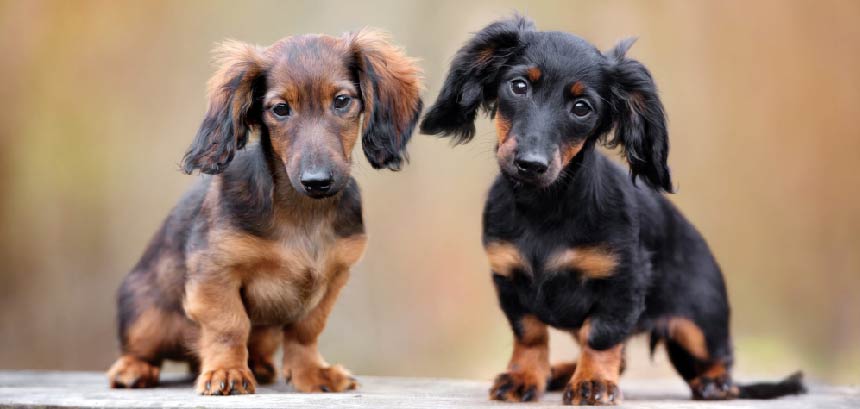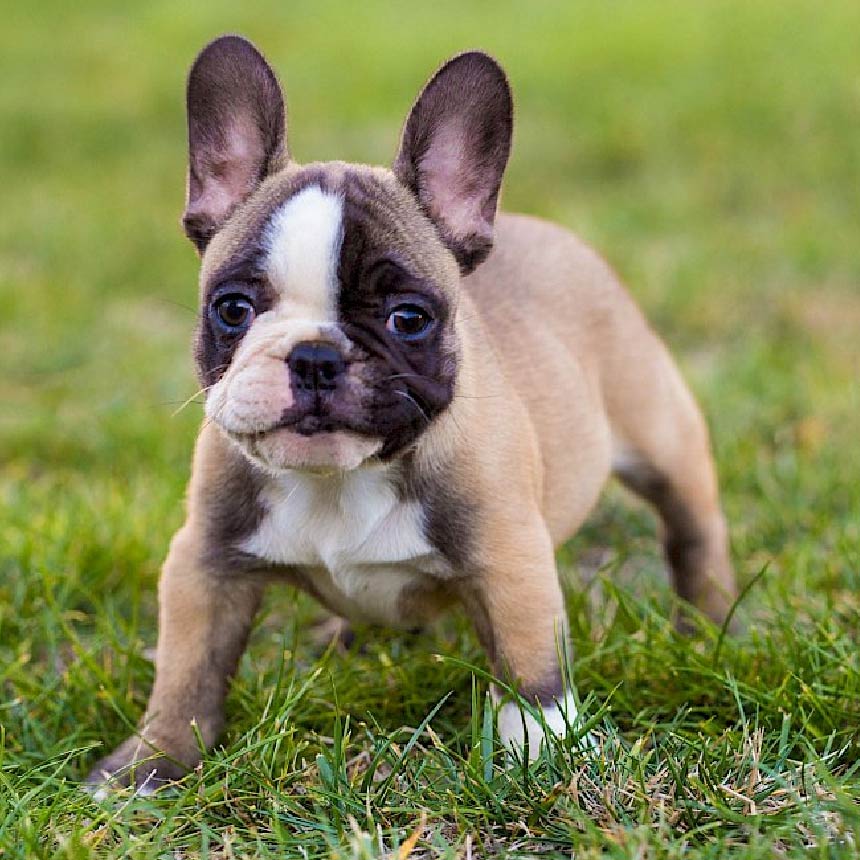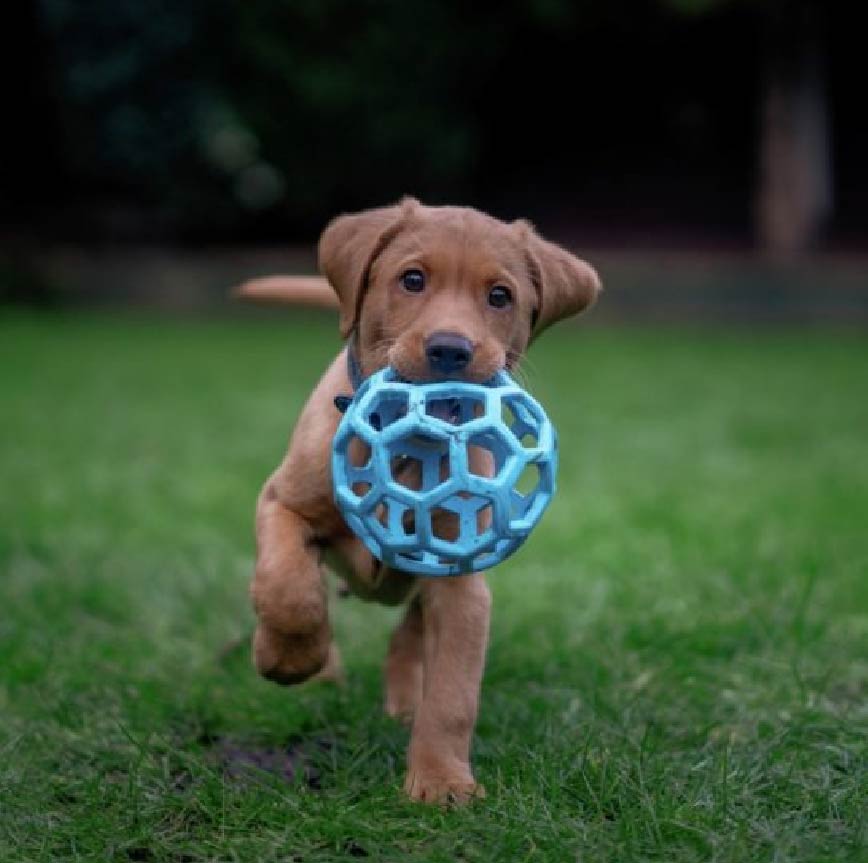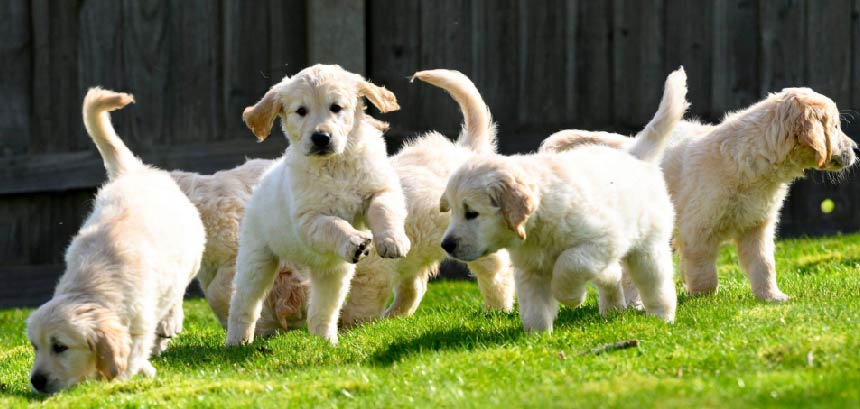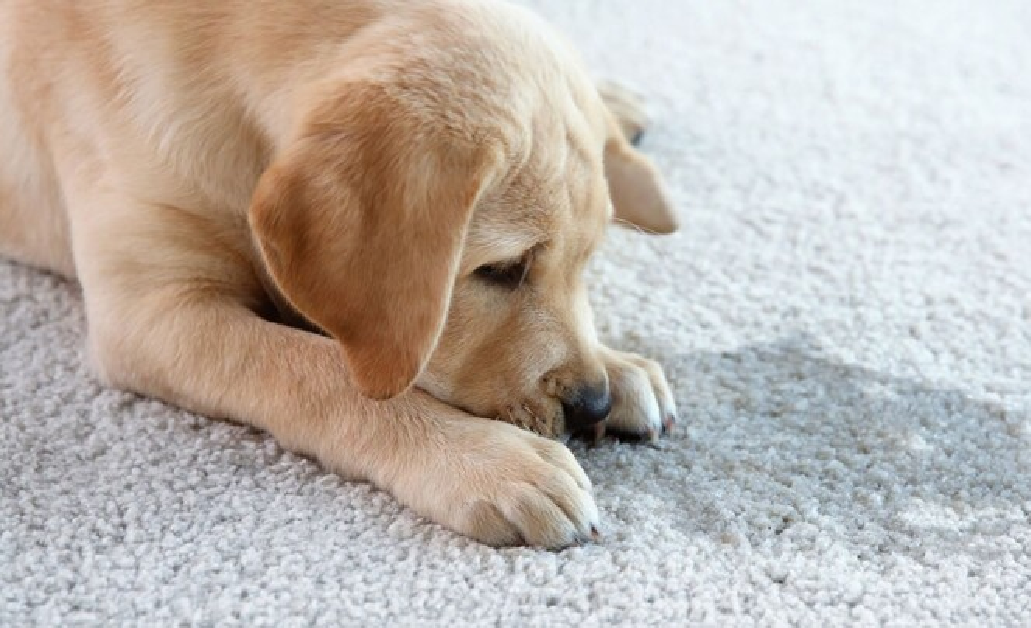
How to House Train a Puppy
How to House Train a Puppy: A Comprehensive Guide – House training a puppy is one of the most crucial aspects of pet ownership, ensuring a happy, healthy relationship between the pet and its owner. Patience, consistency, and positive reinforcement are key components of successful house training. Here’s a step-by-step guide to help you effectively house train your new puppy.
FACT! There are thousands of dogs in shelters across the UK, of all ages, breeds, sizes and temperaments. Choose to Adopt. You are sure to find the prefect pooch for you, and give it a new lease on life.
“ House Training A Puppy ”
1. Understand Your Puppy’s Needs
Puppies, like babies, have small bladders and will need to go frequently. Typically, a puppy can control their bladder for one hour for every month of age. So, a two-month-old puppy might need a bathroom break every two hours. It’s essential to establish a routine that suits their physiological needs.
2. Establish a Routine
Consistency is key in house training. Feeding your puppy at the same times each day will help predict their bathroom needs. Generally, puppies will need to relieve themselves upon waking up, after playing, and after eating or drinking.
- Morning: Take them out first thing in the morning to the same spot each time.
- Daytime: Ensure they go out every two hours and after any high-energy activity.
- Evening: Include a bathroom break in your bedtime routine.
3. Choose the Right Spot
Select a designated area outside where your puppy will learn to go. Always take them to this spot during training, as the scent will prompt them to go
4. Positive Reinforcement
When your puppy successfully goes to the bathroom outside, immediately reward them with praise and treats. This reinforces the behaviour you want and makes them associate going outside with positive outcomes.
5. Supervise and Confine
While your puppy is learning, keep them in sight at all times. If you can’t supervise, consider confining them to a small space like a crate or a gated area. Puppies usually do not like to soil their sleeping area, which helps control their bladder. Just be sure to return regularly for bathroom breaks.
6. Deal with Accidents Calmly
Accidents are inevitable. If you catch your puppy in the act, say a firm “no” and take them outside immediately to the designated spot. Never punish your puppy after the fact; this can cause fear and confusion.
7. Clean Up Thoroughly
After any accident, clean the area thoroughly with an enzymatic cleaner to remove odours that might attract the puppy back to the same spot.
8. Gradually Increase Freedom
As your puppy becomes more reliable, you can gradually give them more freedom around the house. Start with supervised access to one new room, and expand their roaming area as they continue to show they can control their bladder.
9. Be Patient and Consistent
House training can take several months, and consistency is your greatest ally. Keep a routine, continue using positive reinforcement, and adjust schedules as your puppy grows and their bladder control improves.
10. Seek Help if Needed
If you’re struggling with house training, consider enlisting the help of a professional trainer. Sometimes, persistent issues might also be a sign of a medical problem, so consulting with a veterinarian can be beneficial.
House training a puppy requires commitment, but by following these steps, you can set a foundation for a lifelong, loving relationship with your pet. With patience and persistence, your puppy will learn where and when it’s appropriate to go.
House Training a Puppy Video
Post a Comment
You must be logged in to post a comment.


